15 Interesting Facts About Greenhouses
-
Chris Dinesen Rogers
- Last updated:
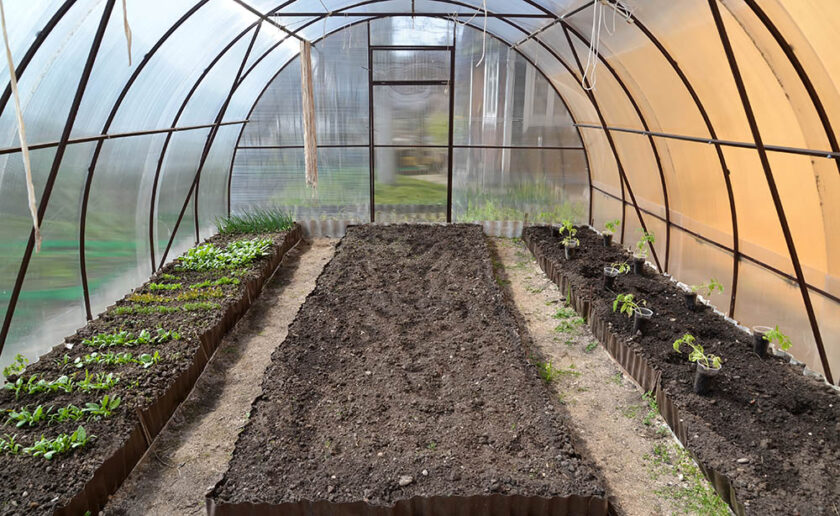
The simple design of a greenhouse belies its usefulness. It can make it possible to grow fruits and vegetables where they otherwise might not have been able to survive. They can be functional or become a focal point in your garden for showcasing flowers and exotic plants. Greenhouses come in many shapes and sizes, which adds to their interest.
While they were invented thousands of years ago, they didn’t take on their present-day role until much later. You’ve undoubtedly benefited from them, even if you weren’t aware of it.
The 15 Facts About Greenhouses
1. Greenhouses Are a Roman Invention
The ancient Romans came up with the concept of the greenhouse, but not for the reason you think. They reigned from the 8th century BC until their downfall in the 5th century AD. They invented greenhouses as cozy retreats from cold weather. It makes sense when you consider their construction and its effects on the interior of the building.
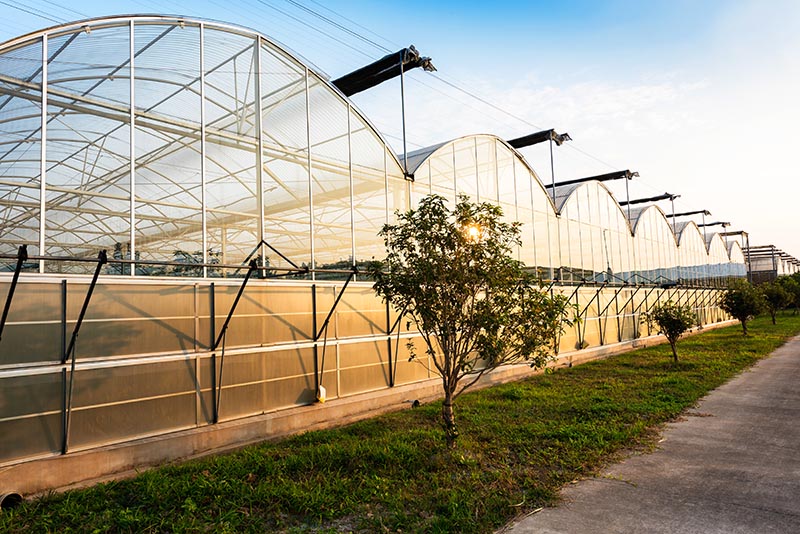
2. Year-Round Gardening
One of the best things about greenhouses is that you can use them year-round. They broke the cycle of seasonal nutrient deficiencies caused by the lack of availability of fresh fruits and vegetables. Many historians credit physician James Lind1 with the first controlled trial in 1747. His work identified the importance of vitamin C-rich oranges and lemons in controlling scurvy in sailors.
Today, greenhouses serve a similar function, ensuring we have the healthy diets we need with year-round gardening.
3. Types of Greenhouses
Many types of greenhouses2 exist, including solariums, hot houses, and cold frames. They serve various purposes with different designs. The climate of the structure’s site is one of the deciding factors for which you should choose. The materials used for the walls don’t offer the best insulation for some areas. The plants you want to grow or propagate are another decision to keep on the front burner.
For example, an A-frame optimizes the use of light but compromises space for plants. A lean-to is an excellent choice if you don’t have a lot of space and are looking for a budget-friendly solution.
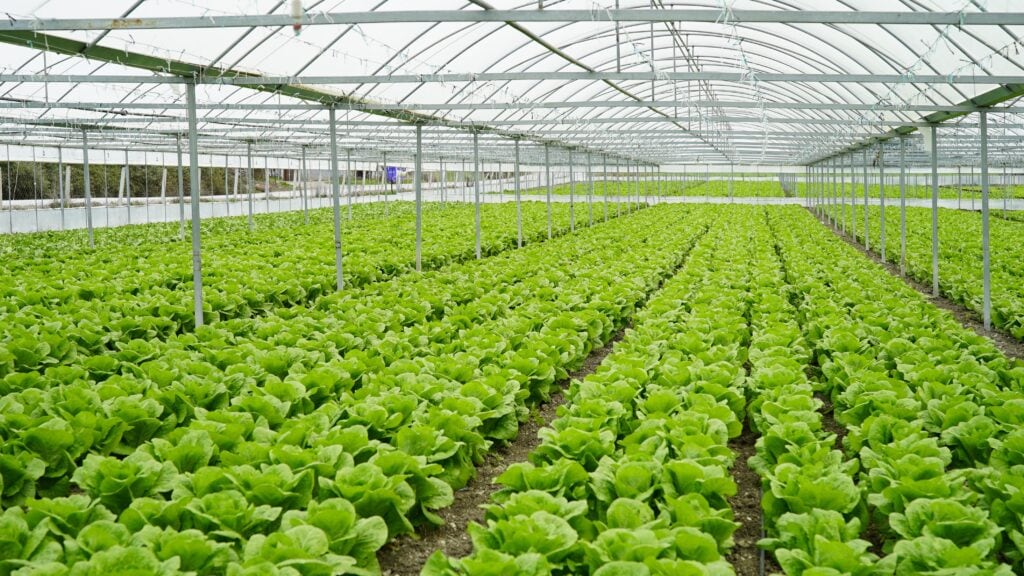
4. The Energy Source
Greenhouses work by trapping the sun’s heat and using it as an energy source. That makes them an affordable way to grow plants if you live someplace where it’s warm enough that you don’t need an external source.
5. Energy-Efficiency Nature’s Way
Tapping into solar power is making use of nature’s energy. The industry may have some work to do with supplying electricity to homes and businesses, but it has the game hands-down with greenhouses. You don’t have to worry about blackouts when relying upon the sun. It’s free with the design of these structures.
Greenhouses can be even more energy-efficient if you use one of the correct sizes for your needs. Doing so will save you money if you must make modifications to it to keep the environment safe and healthy for your plants.
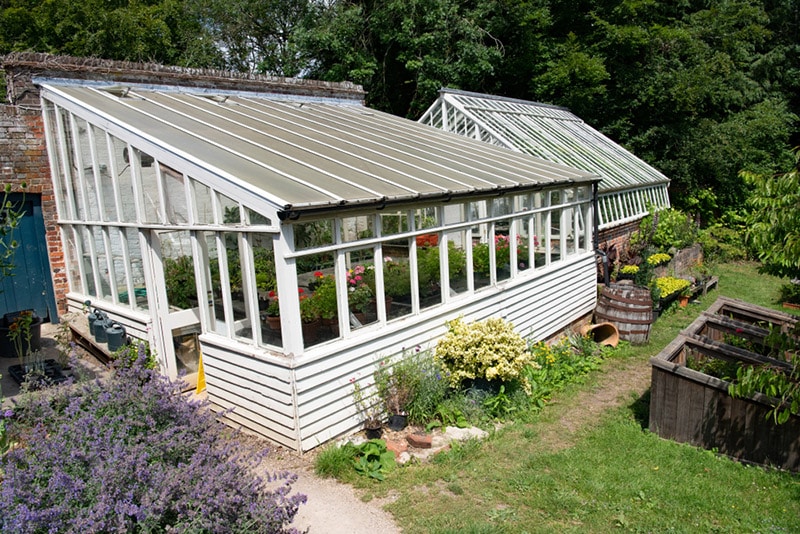
6. Planning for Shade
Sunlight provides the light and heat necessary for efficient photosynthesis. This food-making process couldn’t happen without these two contributors. However, moderation is necessary for all things. It’s the same with sun exposure. That’s particularly true if you live in a warmer climate.
Shrubbery or trees on the southwest side of your greenhouse will protect the plants inside from the hot afternoon sun, but too much of a good thing can burn their foliage.
7. Dry Heat Sources
The sun does an excellent job of warming the Earth and a greenhouse. However, its power only goes so far if you live in a northern clime. There’s a good reason that plants go dormant in the winter. The temperature isn’t warm enough to support photosynthesis. It also slows down the necessary chemical reactions they must perform.
A dry heat source like propane is best for warming greenhouses in cold climates. Humidity is both a friend and an enemy. Keeping it relatively dry prevents mold and fungus development.
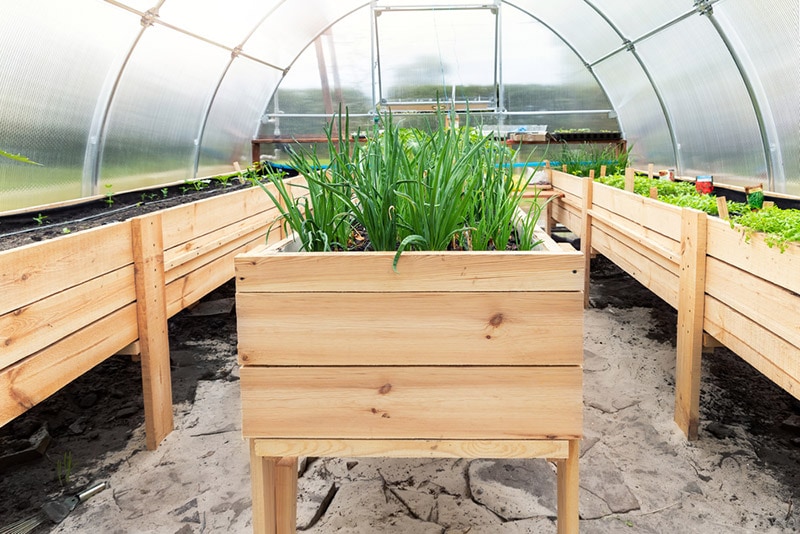
8. The Importance of Ventilation
Ventilation is vital for healthy plants grown in a greenhouse. It helps to balance the concentration of carbon dioxide and humidity. That helps protect the plants against disease. It also fine-tunes the temperature inside the structure. A greenhouse creates a stable environment that helps safeguard against temperature fluctuations that could stress your plants.
You can add ventilation with openings or fans. The important thing is that the air is circulating. Remember that some plants depend upon the wind for pollination.
9. The Danger of Air Bubbles
It doesn’t matter what material you use for the walls of your greenhouse, whether it’s glass, acrylic, or polycarbonate. Imperfections or bubbles aren’t only aesthetically unpleasing, but air bubbles can burn plants like a magnifying glass. The reason is that they concentrate the light to a point, which maximizes the heat that sunlight also emits with light.
Therefore, we recommend inspecting the materials you use to construct your greenhouse carefully. Reject any imperfections because of their likely aftermath.
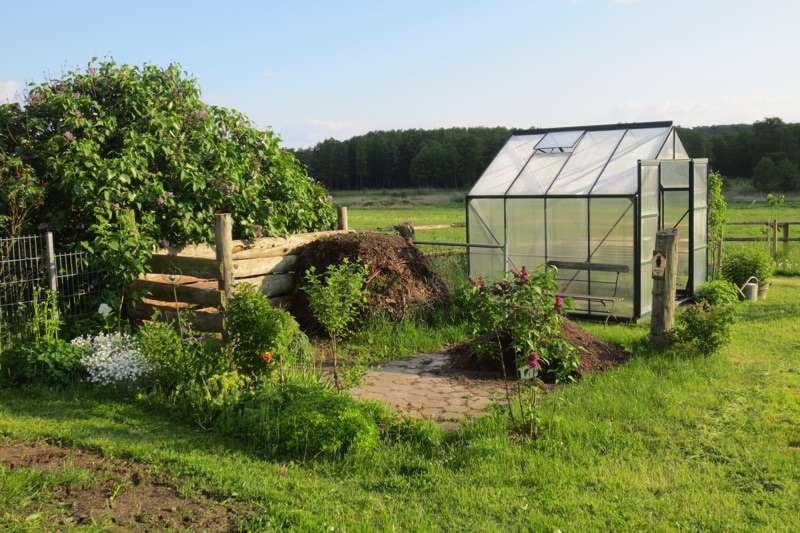
10. Specialized Materials
Special horticultural glass grade exists for these structures. They are perfect without the imperfections we discussed previously. It’s worth mentioning that some materials can filter UV radiation. The whole point of a greenhouse is to maximize them. Anything that filters them is undesirable. As the popularity of greenhouses has increased, so too have the specialized materials for them.
11. CO2 Enrichment
Concentration is a part of the success and allure of greenhouses. The sunlight and warmth provide an ideal setting for plant growth. Another vital factor is carbon dioxide (CO2). The atmosphere typically contains 399 ppm or 0.397% CO2. CO2 enrichment describes the process of increasing it to promote plant growth. It can occur artificially by using compressed tanks.
The United States uses roughly 25.62% of its land for agriculture. Scientists forecast that the global population will increase to 9.2 billion by 2050. The problem is feeding more people with the same amount of land under till. That’s where greenhouses and CO2 enrichment can help future generations meet their nutritional needs with production increases of up to 100%.
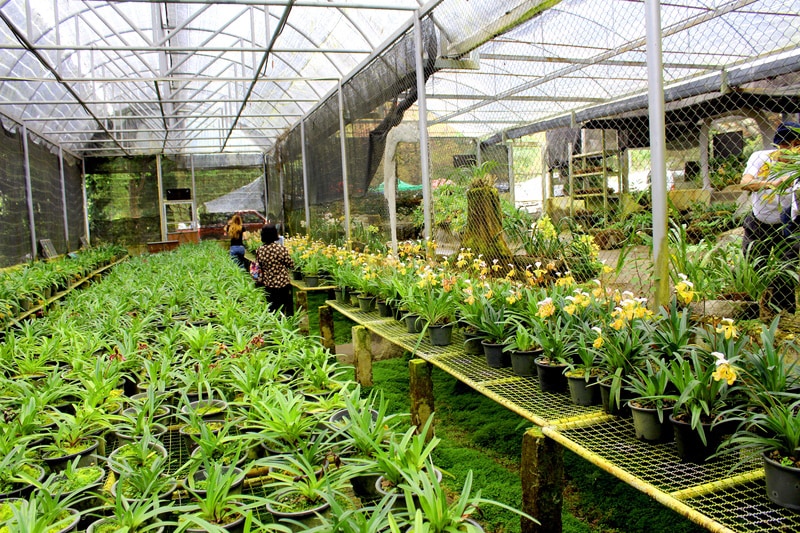
12. Swapping One Set of Problems for Another
Greenhouses are not without their problems. On the one hand, these structures give you control over the settings and pest control. You can prevent drought with irrigation. However, other issues crop up in their place.
You must have ventilation for airflow and humidity control. The latter can set the stage for fungus and mold growth, which are equally as devastating to plants. Therefore, planning is essential.
13. Value of the Greenhouse Market
Many hobbyists have been bitten by the greenhouse bug. They allow people to grow their own food and save on their grocery bills. It’s also hard to beat the taste of freshly picked produce. It’s no wonder that this industry has seen meteoric increases.
The North American market is worth an estimated $9.2 billion. More than 8,750 greenhouse vegetable farms exist in the United States alone.
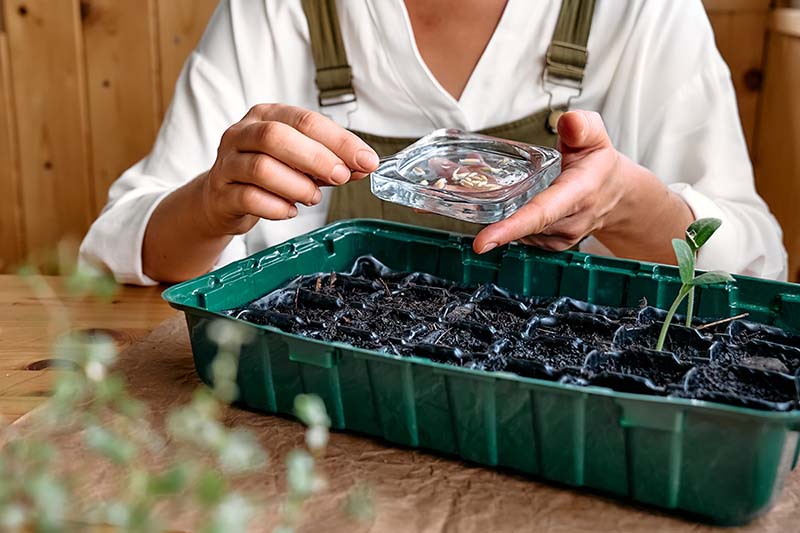
14. CAGR of the Greenhouse Market
Commercial enterprises have also embraced greenhouses and the promise they offer. The CAGR for the market is forecasted at over 8% from 2022–2027. Pennsylvania, New York, and California lead the nation in the number of farms each state has. Technology continues to improve, which will fuel more growth. For example, smart greenhouses are already a $1.3 billion global industry.
15. The Greenhouse Effect
We’ve presented greenhouses in a positive light for their potential to feed a growing population. However, the concept has also lent itself to describe a serious environmental phenomenon called the greenhouse effect. Instead of glass or fiberglass, atmospheric gasses act similarly, trapping heat. Carbon dioxide and other greenhouse gasses are the proverbial double-edged sword.
They warm the planet sufficiently to its average 59°F to make life possible. However, it can tip the other way and usher in climate change. We’ve already experienced these adverse impacts. A global effort is vital to prevent its catastrophic effects.
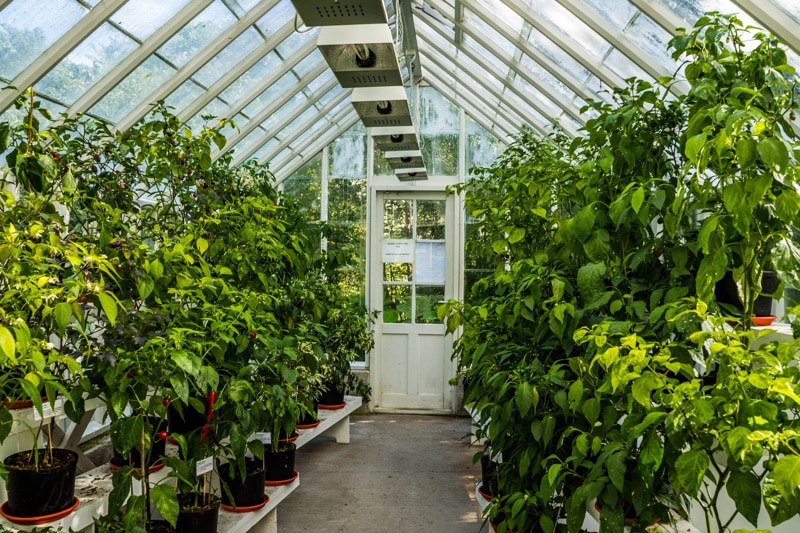
Conclusion
The Romans invented greenhouses with further refinements through the ages that brought its present-day use. While they have practical uses for the hobbyist, they can also provide a solution for a looming global food crisis. Perhaps a greenhouse will become a common landscape feature in tomorrow’s homes to ensure a reliable produce supply.
- https://www.ncbi.nlm.nih.gov/pmc/articles/PMC3149409/
- https://extension.uga.edu/publications/detail.html?number=B910&title=hobby-greenhouses
- https://www.livescience.com/51720-photosynthesis.html
- https://ossfoundation.us/projects/environment/global-warming/atmospheric-composition
- https://www.businesswire.com/news/home/20220819005208/en/North-America-Commercial-Greenhouse-Market-Report-2022-Rising-Populations-and-Growing-Demand-for-Food-Are-Creating-Greater-Opportunities-for-Alternative-Farming-Methods—ResearchAndMarkets.com
- https://www.statista.com/statistics/881495/smart-greenhouse-market-value-global/
- https://climate.nasa.gov/faq/19/what-is-the-greenhouse-effect/
Featured Image Credit: Irina Borsuchenko, Shutterstock
Contents
